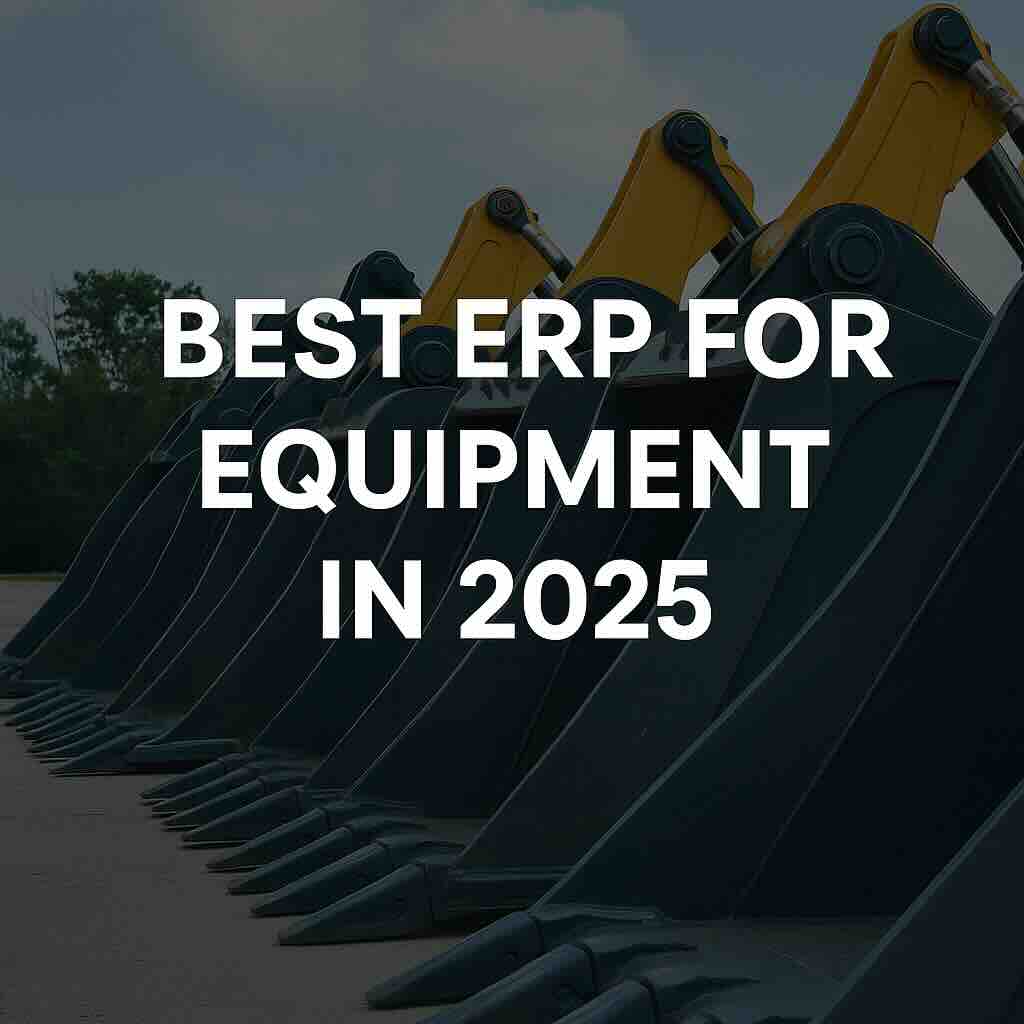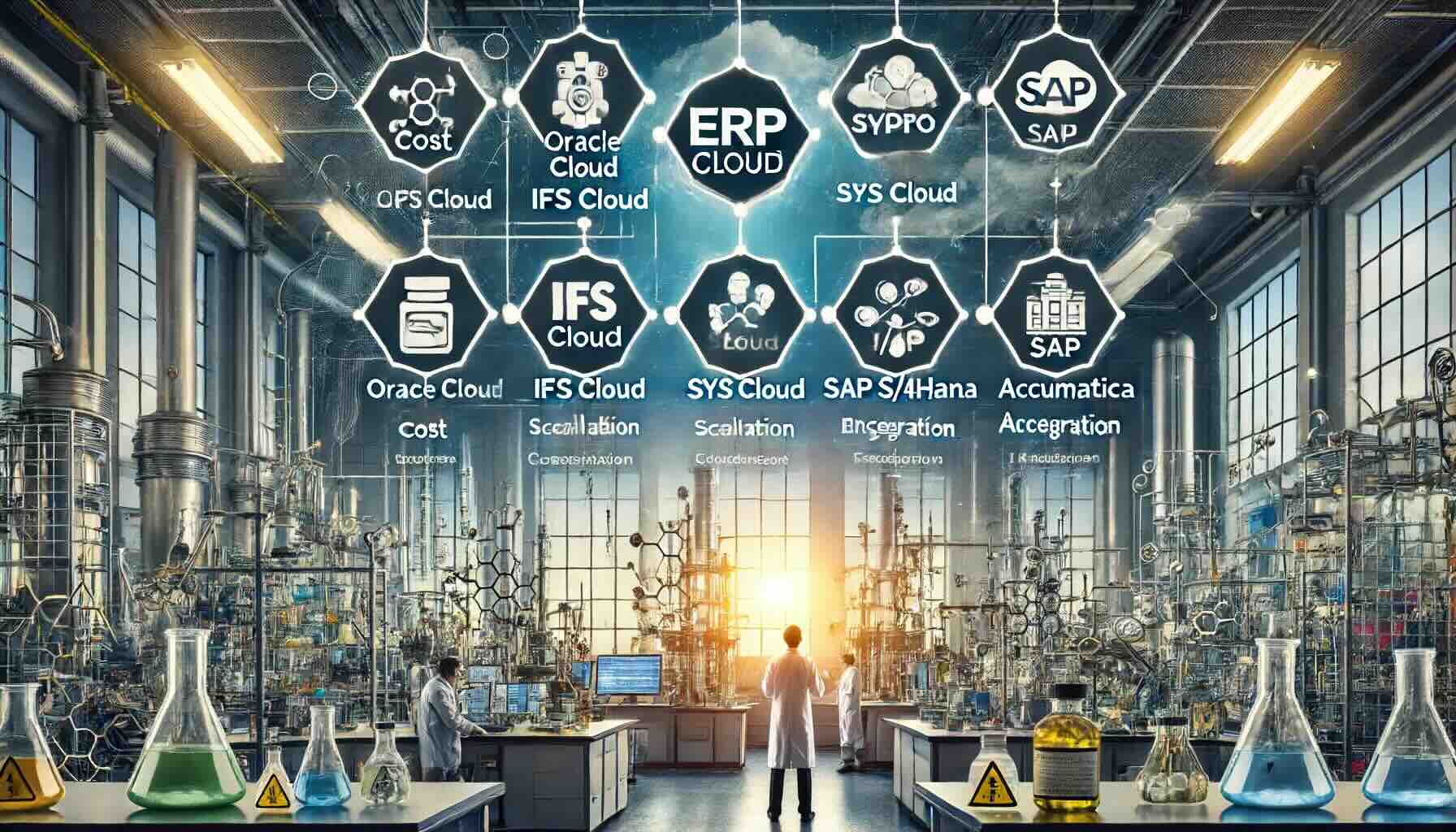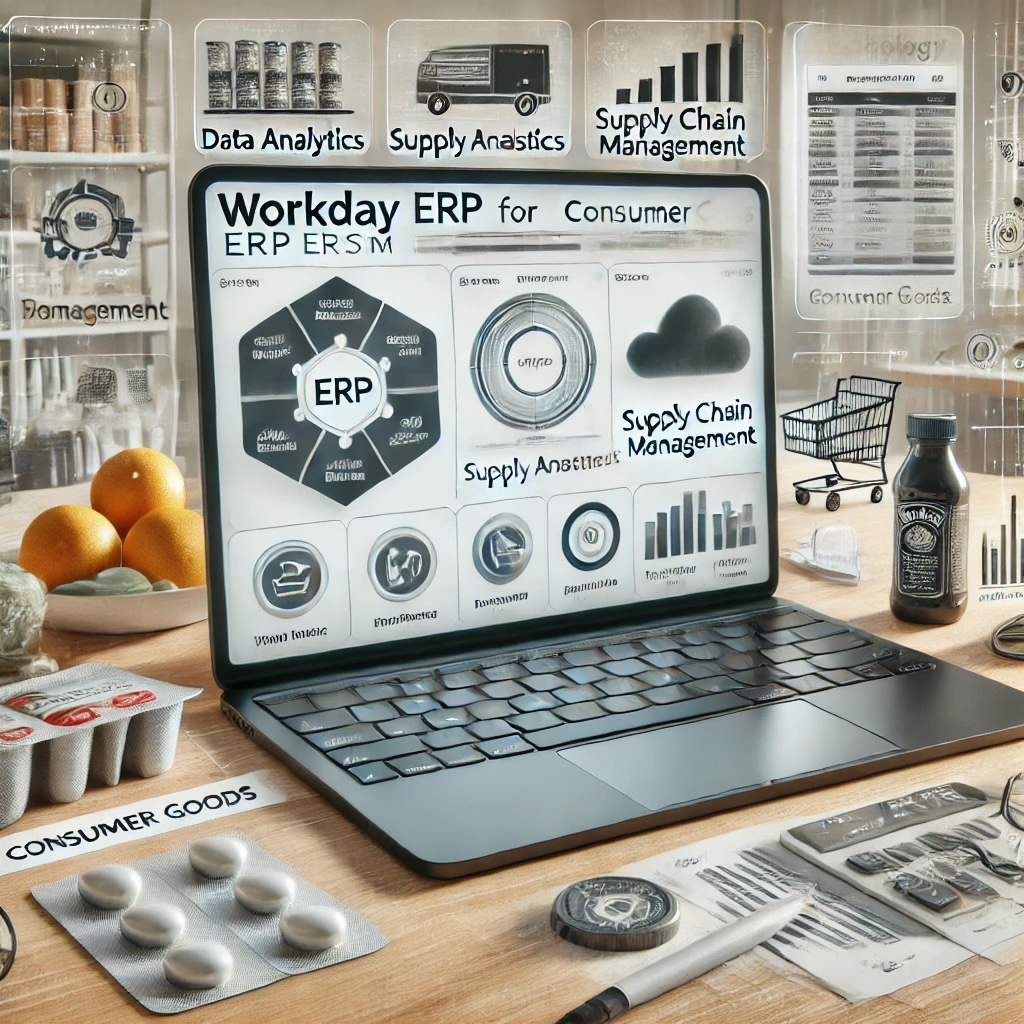Is Acumatica the Best ERP for Oil, Gas, and Energy Companies?

In the oil, gas, and energy industries, companies constantly face pressure to work more efficiently, follow changing regulations, and manage complex supply chains. As a result, a reliable Enterprise Resource Planning (ERP) system becomes essential. Among many ERP options, Acumatica for oil and gas has gained popularity – especially with small to mid-sized businesses. But in 2025, is it still the best choice?
This article explores why Acumatica stands out in today’s energy market, how it compares to other ERP platforms, and what trends companies should consider when selecting a solution.
Understanding the Changing Needs of Oil, Gas, and Energy Companies
To determine if Acumatica for oil and gas is a strong fit, it’s important to understand the latest needs in the industry:
-
Complicated Supply Chains: Operations now include both traditional and renewable sources. Therefore, connected systems with real-time updates are critical.
-
More Regulations and ESG Reporting: Companies must now track sustainability metrics like carbon emissions and show progress in environmental goals.
-
Rising Operational Costs: Energy prices still vary widely. Because of this, project-level cost control and forecasting tools are more important than ever.
-
Managing Expensive Equipment: Assets like rigs, turbines, and pipelines require regular maintenance and performance tracking to avoid breakdowns.
-
Increased Cybersecurity Risks: With more digital tools in use, companies must also protect their systems and data across global operations.
Clearly, a good ERP system must be flexible, secure, and capable of supporting both daily operations and long-term strategy.
Acumatica for Oil and Gas: Why It Stands Out
Acumatica for oil and gas offers a cloud-first ERP system with tools built for the energy sector. Below are the main reasons why many energy companies continue to choose it.
1. Financial Management That Grows With You
Acumatica helps energy companies manage budgets, spending, and accounting across multiple regions and currencies. Additionally, the system gives real-time financial updates, which helps leaders make faster and more informed decisions.
2. Smarter Supply Chain and Inventory Tools
Acumatica improves how companies manage their supply chains. For example, it allows real-time tracking of inventory at multiple sites, such as drilling locations and storage facilities. AI-based planning features help prevent shortages and delays.
3. Strong Asset Management
Keeping equipment in top shape is vital. Acumatica helps track asset health, schedule repairs, and even connect with smart sensors for early warnings. As a result, downtime is reduced and productivity increases.
4. Better Project and Field Operations
Energy companies often run large, complex projects. Acumatica allows them to track costs, timelines, and resource use. Its mobile tools also help field teams stay connected with headquarters, no matter where they are.
5. Built-in Reporting for Compliance and ESG
Today, companies must meet environmental rules and show clear progress in sustainability. Acumatica makes this easier with customizable reports and built-in tools for ESG and carbon tracking.
6. Cloud Access with Strong Security
Because Acumatica is cloud-native, users can access it from anywhere. It also offers advanced security and data protections, which are especially important in industries with critical infrastructure.
How Acumatica Compares to Other ERP Options
Let’s see how Acumatica for oil and gas stacks up against other ERP platforms available in 2025.
SAP S/4HANA Cloud Public Edition
SAP is ideal for large enterprises with complex operations. It offers deep industry features, but it is often expensive and takes longer to set up. Therefore, smaller companies may find it too complex and costly.
Oracle NetSuite
NetSuite is easy to use and has strong financial tools. However, it lacks some features that energy companies need, such as asset tracking and detailed project accounting. Acumatica includes those tools out of the box.
IFS Cloud
IFS is popular in asset-heavy industries and has solid tools for maintenance and field work. Still, it may require more training and support. In contrast, Acumatica is easier to learn and use.
Infor CloudSuite Industrial
Infor is strong in manufacturing and logistics. However, Acumatica often performs better in energy-specific areas like remote access, mobile support, and faster setup.
Is Acumatica for Oil and Gas Still the Best in 2025?
For small and mid-sized energy firms, Acumatica for oil and gas is still one of the best ERP solutions on the market. It combines advanced features with flexibility, making it a good fit for companies that want modern tools without the complexity of large enterprise systems.
Larger firms with very specific needs might prefer SAP or IFS, but these come with higher costs and longer timelines. On the other hand, Acumatica gives growing businesses the tools they need—without overwhelming them.
Final Thoughts
As the energy sector becomes more digital and more focused on sustainability, choosing the right ERP is more important than ever. Acumatica for oil and gas delivers the tools needed to manage projects, track assets, follow rules, and grow – without slowing you down. To find out more about Acumatica you can visit this link.
Want to compare Acumatica with other ERP platforms?
Our advanced Compare ERP engine analyzes millions of data points across 100+ ERP solutions, delivering your top three picks based on your business priorities. Best of all, it’s completely free. Take the first step toward streamlining operations and boosting productivity – start comparing today!









